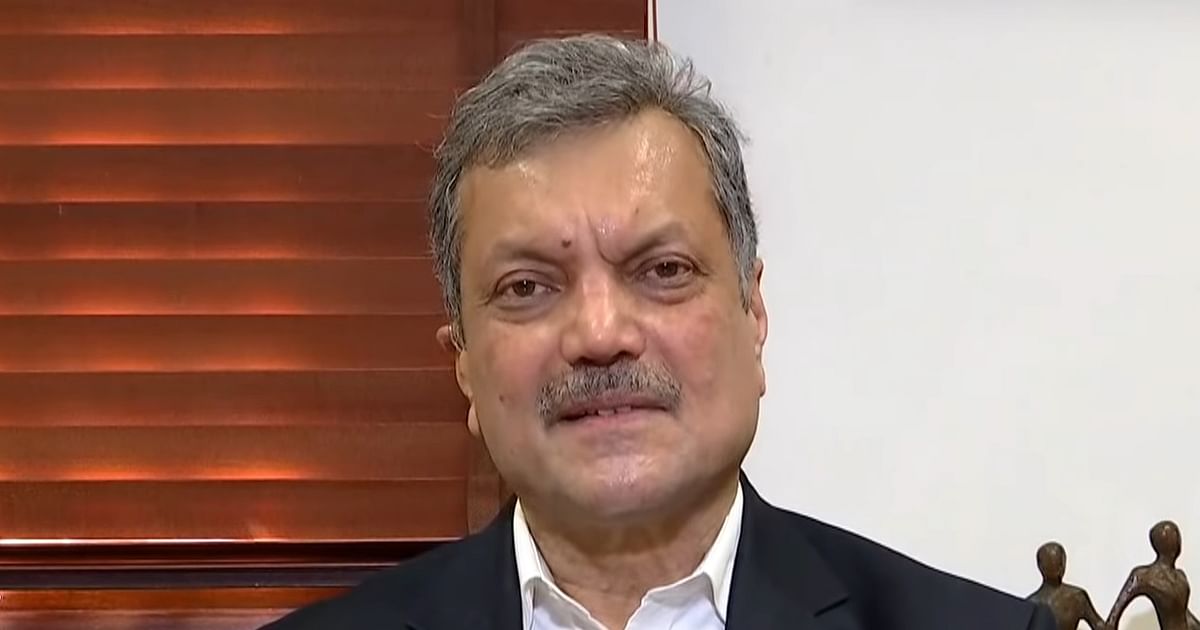[ad_1]
As we in India celebrate the 75th year of independence, I note that the price of milk, a product ubiquitously consumed in India, has gone up to about 550 times from its 1947 level in nominal rupees.
Statista gives me a comprehensive statistic: from 1960 to 2021, the average price increase in India was 7.5% per year. Something that cost Rs 100 in 1960 cost Rs 7,800 at the beginning of 2022. Incidentally, the average inflation rate in the United States of America during the same period was roughly half at 3.8% per annum.
Inflation is a reality in India and will continue to stay with us for a long time.
Inflation ravages the standard of living. I know a family that was pretty wealthy but invested all their assets in fixed deposits with companies and banks. Now they struggle to get by in any sense of comfort.
Prime Minister Narendra Modi has brought more and more people into the banking world through the Jan Dhan Yojana. That will help make it convenient for people to save in nominal rupees, instead of hoarding savings in cash or buying jewellery ostensibly because gold is a store of value. But unless these financial savings are invested wisely, they may not meet the needs of the future—education; emergencies; retirement.
The government has introduced the Ayushman Bharat health insurance scheme and a voluntary pension scheme but unfortunately, they will not be adequate for future health needs or retirement.
Understanding The Nature Of Each Asset Class
Using common sense, Indians used to invest in land or gold, and pending accumulation of sufficient money to buy such ‘real’ assets, accumulate the savings in cash. Demonetisation has shown the futility of storing cash; year after year inflation will keep reducing the purchasing power of the financial savings in banks.
The gold price in terms of bullion (which has lower making charges than jewellery) has moved up to about 586 times in the 75 years since independence, outpacing inflation in the price of milk or sugar. But gold has no intrinsic value except as a cap on a worn-out tooth, nor does it yield any returns. And if we go way back to the 1920s through today, returns on equity investment are far better than that from gold, at 3:1.
Credit Suisse’s Global Investment Returns Yearbook 2022 points out that over the last 122 years, global equities have provided an annualised real U.S. dollar return of 5.3% versus 2.0% for bonds and 0.7% for government treasury bills. Equities have outperformed bonds, bills and inflation in all 35 markets that the yearbook covers.
[ad_2]
Image and article originally from www.bqprime.com. Read the original article here.

